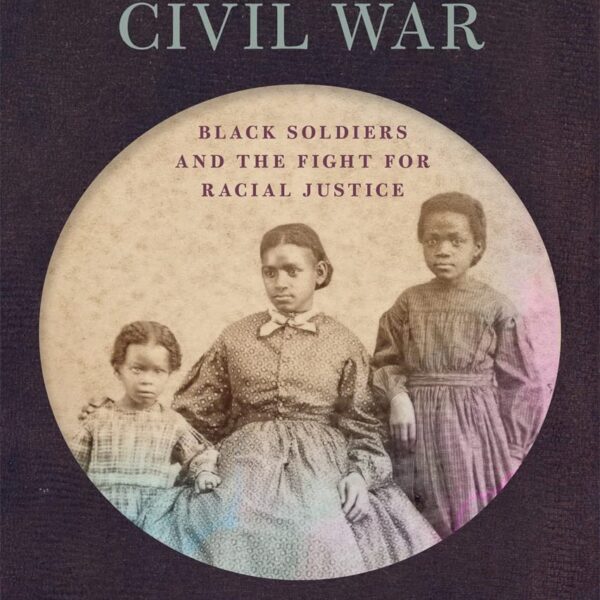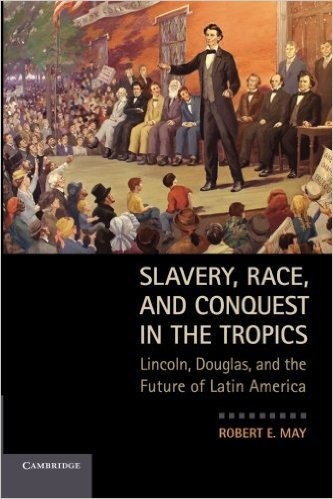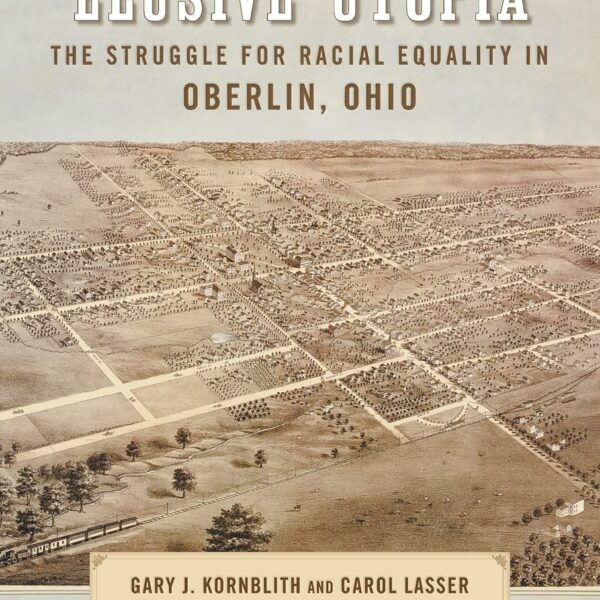In his General Orders of February 4, 1862, General George McClellan admonished his troops that “total abstinence from intoxicating liquors … would be worth fifty thousand men to the armies of the United States.” Recent court martial proceedings had brought the unwelcome admixture of soldiering and drinking to the general’s attention and he hoped to alert his men “to the evils of intemperance and the terrible consequences of it to the individual soldier, no less than to the service.” McClellan demanded, moreover, that all “Divisions, instead of imagining that these reflections are addressed to only one body of troop, will, with candor and magnanimity, accept their proper share of them, and resolve to contribute their exertions to the cure of this giant evil.”
I quote McClellan’s General Orders at length both because they suggest that concerns about intoxication reached the pinnacle of the Union ranks and because McClellan’s teetotaling admonitions feature prominently in Thomas P. Lowry’s Irish and German Whiskey and Beer: Drinking Patterns in the Civil War. Indeed, these quotations are among the most useful and entertaining sections of an otherwise disappointing book. Lowry, put bluntly, takes an interesting and important topic—the Civil War soldier’s everyday experience as evidenced through alcohol consumption—and an impressive body of sources— the compiled court-martial records of the Union armies—and under-delivers by focusing too much on expounding his research.
Lowry’s short, idiosyncratic text is premised on a central question: Did ethnic German and Irish soldiers exhibit abnormal drinking patterns when compared to average “American” troops? To investigate this inquiry, Lowry relies on The Index Project Database, a digital compilation of the extant Union court-martial records he and his wife painstakingly constructed over ten years at the National Archives. Lowry combines this database with a methodological approach whereby he distinguished German and Irish units by their original muster names (before unit names were standardized, such that Doyle’s Irish regiment became the 27th Michigan Infantry), crosschecked against the ethnic makeup of the units as determined by last name. He also constructed a control group of “American” units using a similar method, and then uses these ethnic sub-sets to quantify and compare alcohol related court-martials.
This social-scientific approach makes up much of the body of the text. After beginning with a chapter recounting McClellan’s reviews of court-martial proceedings, in which the general “waxed eloquent on the relationship of alcohol and military duty,” and a short photographic gallery, Lowry employs alternating chapters that detail his methodology for each ethnic group and then recount that group’s intoxicated transgressions. For example, readers learn in chapter four how Lowry singled out Irish units and in chapter five how badly the 9th Connecticut Infantry, formerly the Irish Regiment (CT), behaved upon capturing New Orleans. Similar chapters follow for German and American subjects before the book wraps up with a seemingly self-indulgent, though largely irrelevant chapter about Irish swashbuckler James E. Kerrigan and German revolutionary Alexander Schimmelfennig before finally concluding with a discussion of Lowry’s findings.
Within this scheme, there are a few notable gems, and when Lowry focuses on recounting the foibles of the soldiers under study, he is both entertaining and insightful. In chapter seven, for instance, we are introducd to the rascally and sodden Louis Winkelmaier, who seems to have organized a pontonier company (charged with building, transporting, and installing pontoon bridges) as a front to keep himself drunk in St. Louis. While there, Winkelmaier requisitioned lumber ostensibly to build a jail, but instead built a cook house, which subsequently vanished. His response: “Damn kitchen. Here one day, gone the next.” Winkelmaier was only outdone by his unit’s treasurer, William Gerlach, who “never kept any financial records, was missing 80 percent of the company fund, and traded building supplies for beer.” Gerlach also stole Winkelmaier’s cookhouse and sold the lumber, perhaps to the same end (46-47).
Still, such tales are too few and far between, and are buried between chapters of little value to the reader. The promising sections, evidently concerning the inebriated adventures of Civil War soldiers, are instead mere lists of bad behavior with little background or context. For the Irish, for example, readers are told that “Henry Connell had his trial delayed for a day because he was too drunk to understand the proceedings (32),” while “Henry Bently was also drunk on Lafayette Square” in New Orleans and “offered no defense” (33). Similar snippets come from the German ranks. It is possible that Lowry’s sources did not enable him to expound further, but the secondary literature on the conflict is certainly sufficient for him to have framed his soldiers’ antics more artfully and usefully.
Nevertheless, Lowry’s text is useful, if not for its content, then for the opportunities for future research it suggests. The Lowrys’ Index Project Database seems like an impressive tool for marshaling the 75,962 Union court martial records, and I commend the Lowrys both for their commitment to this project and for pressing Civil War historians and enthusiasts to confront some of the uglier, more troubling, and most importantly, more human facets of the everyday lives of Civil War soldiers. While this reviewer found the content of this particular volume disappointing and its central question perhaps misdirected (though anyone interested in the final inebriation enumeration should consult the book—no spoilers here), I am also optimistic about the potential of the Index Project Database for scholars and enthusiast alike. “Drunk but not too drunk to sentinel” Irishmen and “Not staggering drunk but too drunk to issue commands” Germans provide opportunity for laughter, but we also need to be conscious of the pain and horror that men and boys of all ethnicities faced, and the fleeting relief the bottle may have offered.
Sean Vanatta is a Ph.D. Student in History at Princeton University.





